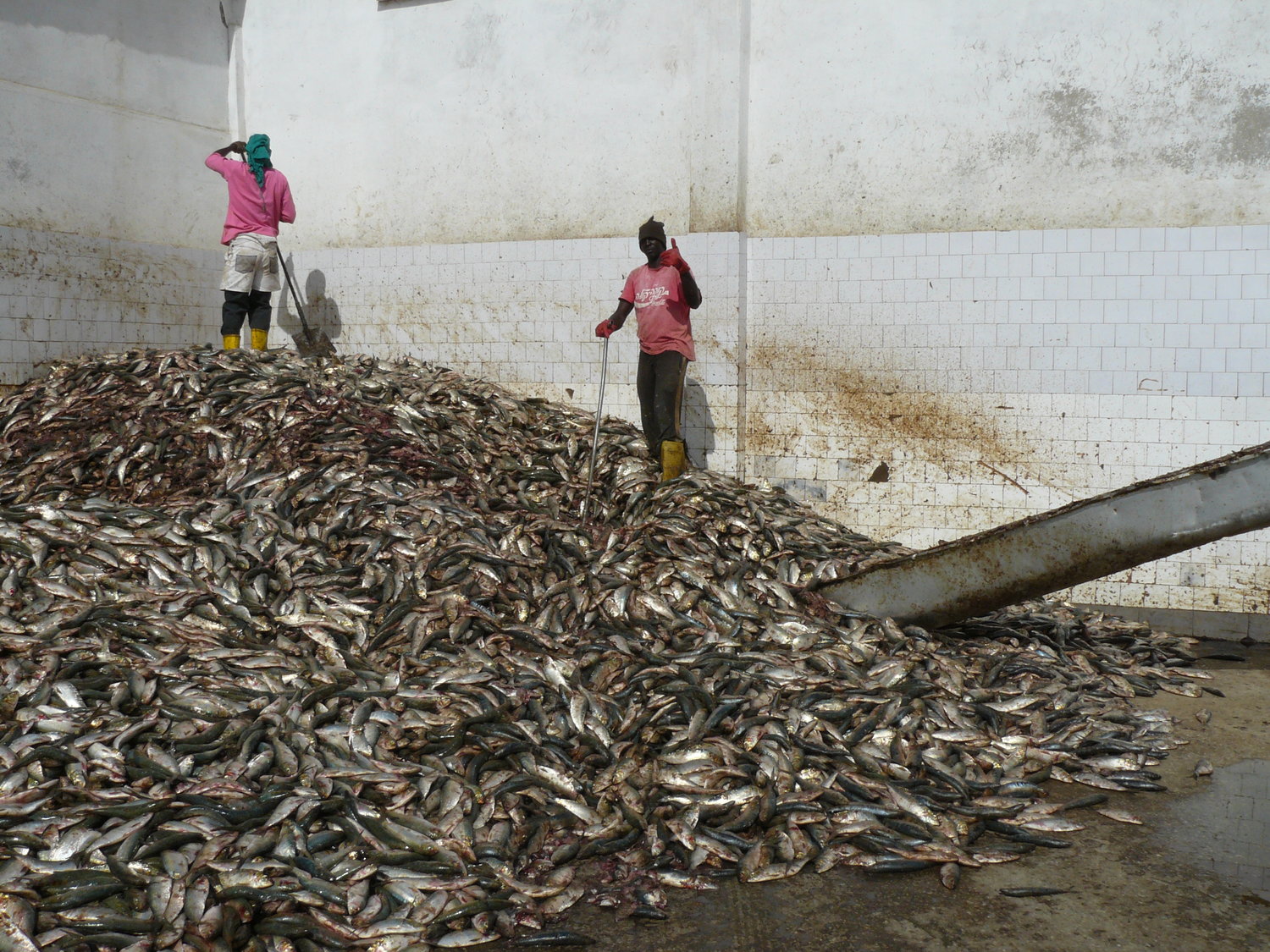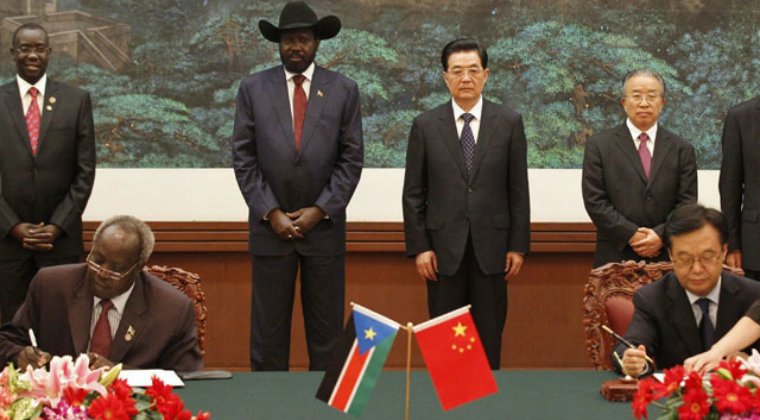Campaigners hope the move will help end global trade in the scaly anteater, identified as a possible host for Covid-19.
Pangolin scales have been removed from an official 2020 listing of ingredients approved for use in traditional Chinese medicine in a move lauded by animal protection groups as a key step in stamping out trade in the scaly anteater, the world’s most trafficked mammal.
As many as 200,000 pangolins are consumed each year in Asia for their scales and meat and more than 130 tonnes of scales, live and dead animals were seized in cross-border trafficking busts last year, a figure estimated to represent up to 400,000 animals, according to conservation group WildAid.
Trade in all eight species of pangolin are protected under international law and three of the four native to Asia are included on the red list of the International Union for Conservation of Nature as critically endangered species, including the functionally extinct Chinese pangolin.
The news of the delisting from the traditional Chinese medicine (TCM) pharmacopoeia, reported by China’s Health Times newspaper, comes after the country’s State Forestry and Grassland Administration (SFGA) raised the protected status of pangolins to the highest level last week, with immediate effect.
“I am very encouraged,” said Zhou Jinfeng, secretary general of the China Biodiversity Conservation and Green Development Foundation (CBCGDF), who has long pushed for better protection of pangolins and for stopping the use of their scales. “Our continuous efforts for several years have not been in vain.”
In February, China’s National People’s Congress pushed forward a ban on the consumption of meat from wild animals, though there has been uncertainty as to what wildlife will still be allowed for use in TCM and the fur and leather industries.
More clarity is expected once China finalises and approves revisions to its wildlife protection law, possibly in the next year.
“We highly applaud this announcement, made in recognition of the need to protect critically endangered pangolins,” Steve Blake, chief representative of WildAid in Beijing, told the Guardian.
“Along with upgrading pangolins to a national level 1 protected species, these two actions are crucial to help curb illegal trade,” Blake said. “This shows China’s rapidly strengthened commitment to protecting wildlife.”
“But we still have a long way to go,” Zhou said. “We need to be vigilant about so-called ‘captive breeding’ and medicinal research [related to pangolin] because some wrong findings could lead to the wrong policy decisions,” Zhou said.
The SFGA currently provides permits to TCM pharmaceutical companies for using parts from previous stockpiles or poorly regulated “farmed” wildlife, but the practice is widely shown to be a magnet for poaching and the illegal trafficking of both parts and live animals.
Pangolins – which are notoriously difficult to breed in captivity – have been in the spotlight since the start of the Covid-19 outbreak, due to studies suggesting they may have been the intermediate host that transmitted the virus to humans.
Of the two animals known to naturally carry the Sars-CoV-2 virus – bats and pangolins – the latter is the most problematic, both for its meat and for the scales that protect its body. Neither has been positively identified as the intermediate source that transferred the virus to humans, though a 100% identification may prove elusive, according to experts.
Since 1 January, when Chinese authorities shut down the Wuhan wet market where the virus was suspected to have originated, no official details have been released about the specific wildlife found there.
What is known is that out of the 33 samples taken by investigators from the market that tested positive for the Sars-CoV-2 virus, 31 were from the area where wildlife was sold.
Pangolin meat is eaten by China’s elite in the hope of health or sexual benefits, even though TCM texts going back to ancient times warn against eating the animals.
In the past five years more than 14,000 whole pangolins have been seized by customs agents at border crossings in Asia, with 95% of those in shipments of 21 animals or more.
This suggests a coordinated trafficking effort, according to data compiled for the Guardian by C4ADS, a Washington DC-based thinktank that monitors illicit wildlife, drug and corruption networks.
Since 2015, 99% of all whole pangolin seizures – both live and dead – have occurred in Asia, with 24% of those at China’s borders, followed by a large number of seizures in Vietnam and India, according to C4ADS. Most of the whole pangolins are being trafficked from Laos, Thailand and India.
“Notably, there has been a significant drop in reporting on pangolin seizures since December 2019,” Amanda Shaver, a wildlife crime analyst with C4ADS, told the Guardian.
“This is most likely due to the increased media focus and coverage on Covid-19, but our databases have not recorded a single seizure of whole pangolin in Asia in 2020.”
As for scale seizures, in the past five years 32% of those have been at mainland China’s borders, although Hong Kong seizures accounted for 17%, according to C4ADS.
Figuring out where they originated is a challenge, according to Shaver, but available data shows Nigeria (25%), Malaysia (17%) and Indonesia (12%) as the top sources for scales.
By: Guardian





